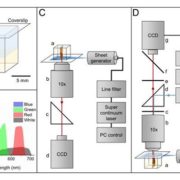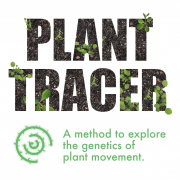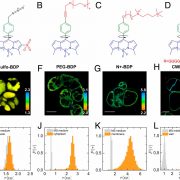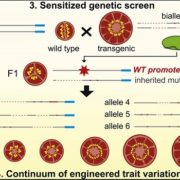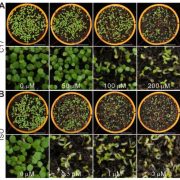Review: Plant science’s next top models (Ann. Bot)
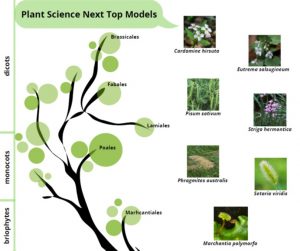 Thale cress (Arabidopsis thaliana) has been the absolute star of plant science research for more than 40 years, being the ideal model organism for its ease of handling and transferable knowledge to crops. In this review, Cesarino and coworkers explain how advances in “omics” technologies, together with improvements in molecular techniques and genetic transformation, have facilitated the use of non-model species to explore different aspects of plant development, physiology, metabolism and defense response. Across the green tree of life, the next top models and their purposes are:
Thale cress (Arabidopsis thaliana) has been the absolute star of plant science research for more than 40 years, being the ideal model organism for its ease of handling and transferable knowledge to crops. In this review, Cesarino and coworkers explain how advances in “omics” technologies, together with improvements in molecular techniques and genetic transformation, have facilitated the use of non-model species to explore different aspects of plant development, physiology, metabolism and defense response. Across the green tree of life, the next top models and their purposes are:
- Common liverwort (Marchantia polymorpha), to elucidate the origin and evolution of vascular diploid plants from basal haploid land plants
- Weeds: common reed (Phragmites australis), to determine genetic factors governing outcompetition of invasive versus native plants, and the rice parasite witchweed (Striga hermonthica) to decipher the transition from autotrophic to heterotropic life
- Close relatives of Arabidopsis: hairy bittercress (Cardamine hirsuta) to investigate the genetic basis of morphological variability, and salt cress (Eutrema salsugineum) to identify candidate genes involved in adaptation to saline environment
- Green foxtail (Setaria viridis, the wild ancestor of foxtail millet), to discover genes required for C4 photosynthesis
- Last not least, the great return of Pea (Pisum sativum): chosen by Mendel for pioneering genetic studies on inheritance, nowadays this seed crop is a model legume to study nitrogen fixation in root nodules.
Considering the enormous biodiversity in the plant kingdom, the exploitation of non-model species represents not only challenges but also opportunities for basic and applied research, towards a more sustainable agriculture relying on improved water use efficiency, reduced use of chemicals (herbicides, fertilisers) and reduced yield losses. Is this the Sunset Boulevard for the diva Arabidopsis? (Summary by Michela Osnato @michela_osnato) Ann. Bot. 10.1093/aob/mcaa063
[altmetric doi=”10.1093/aob/mcaa063″ details=”right” float=”right”]


